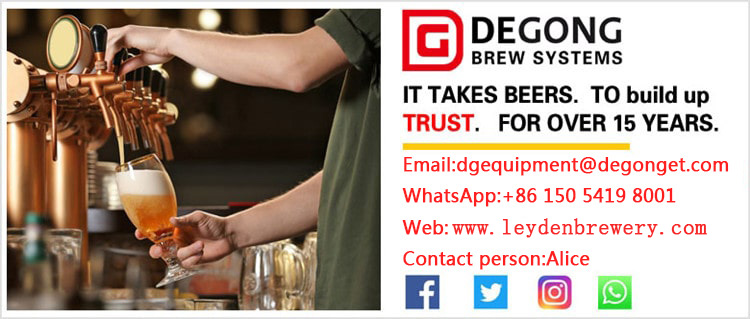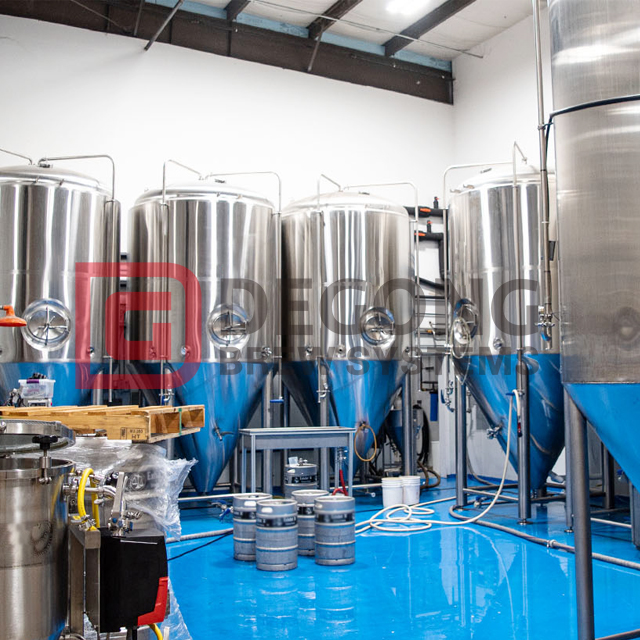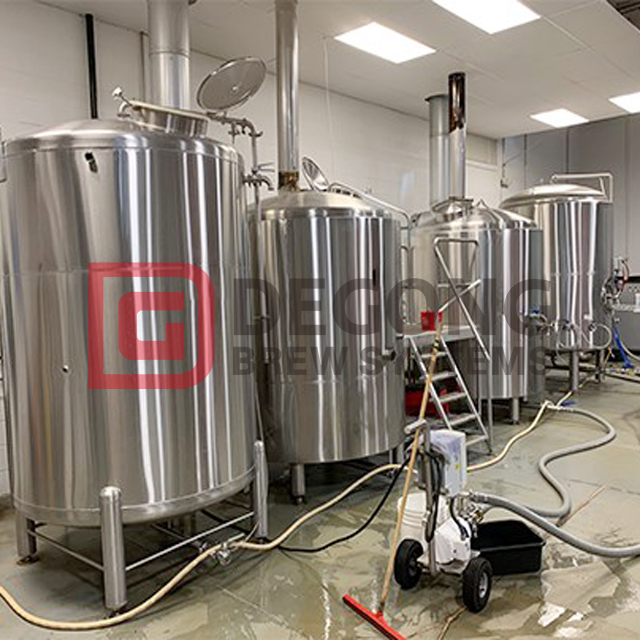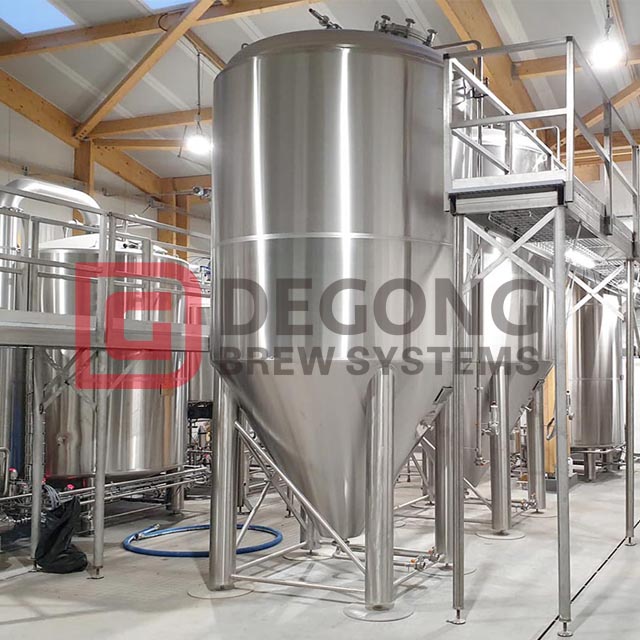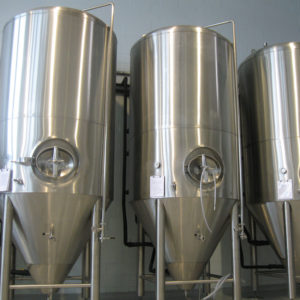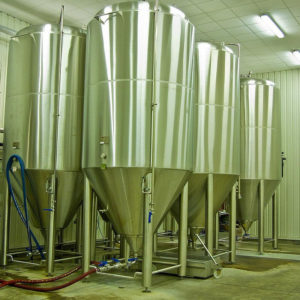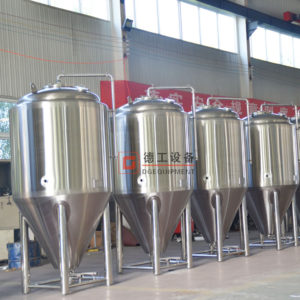Description
COMBINATION VESSELS
Most small breweries don’t have separate vessels for the mash tun, lauter tun, boil kettle, and whirlpool. There are various combinations that you can use to save space. The most common include;
Mash/lauter tun: mash, lauter, and sparge in the same vessel to save space and time. It will need to be heated if you plan to use step mashing.
Boil kettle/whirlpool: a common space saver, it will need two outlets, one for clear wort to be transferred to the heat exchange, and a lower one for emptying the kettle at the end of the brew.
Mash/boil kettle: with this system you mash in, then transfer the mash to a separate lauter tun, before returning the sweet wort to the original vessel to boil. An economic way to save space and allow for step mashing. Potential downside is that you have to be very thorough about removing any leftover grain before returning the wort for boiling.
All-in-one: a simple vessel in which you mash, lauter, boil and whirlpool all in one vessel. They generally use a large basket to contain the grains, lifted up using a winch and hoist. The entire vessel can be heated, and in some cases, cooled as well. This is an affordable, space saving solution for small spaces.
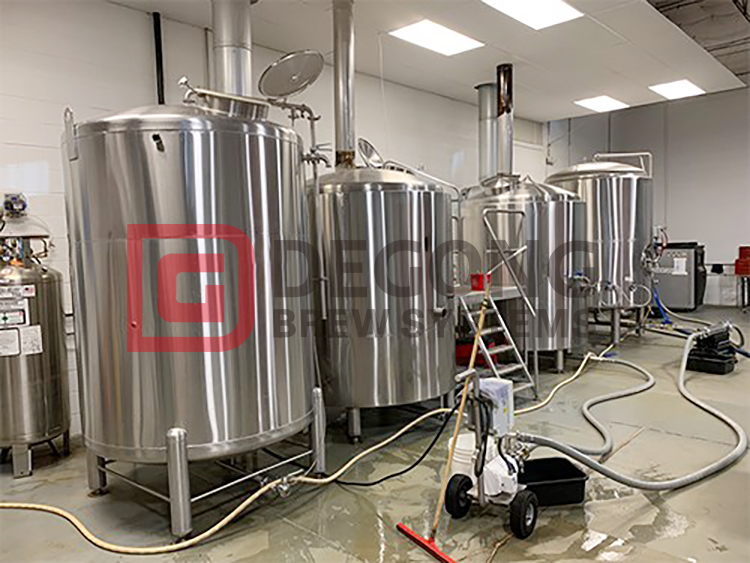
10HL Brewhouse system with HLT and CLT —brewing equipment
CELLAR (COLD SIDE) ESSENTIALS
In the cellar you’ll mostly find fermenting vessels and conditioning tanks.
FERMENTING VESSELS
The type of fermenting vessel you choose depends largely on the type of beer you want to brew. From simple open vessels to pressurized uni-tanks, there are several things to consider. Many small breweries prefer enclosed pressurized vessels – these allow for natural carbonation and faster turn-around times. However, if you plan to bottle condition your beer, pressurized vessels aren’t necessary.
Size is important, and it’s not a bad idea to have a mixture. For example if you have a 1,000 litre brew house, it can be good to have a selection of 500 litre, 1,000 litre, and 2,000 litre fermenters. This allows you to split batches for experiments, and produce larger quantities of core range beers. This depends entirely on your business model, however.
Fermenting vessels can be customized in many different ways. Some common modifications include dry hopping port, carbonation stone, racking arm, and spunding valve. As standard, they should typically come with a temperature probe, spray ball for CIP, and sample valve.
CONDITIONING TANKS
These aren’t essential for all breweries, but can be a useful addition. Bright beer tanks (or BBTs) are most often used to clarify and age beers such as lager, but can also be used to add carbonation. Vertical or horizontal, there are several options.
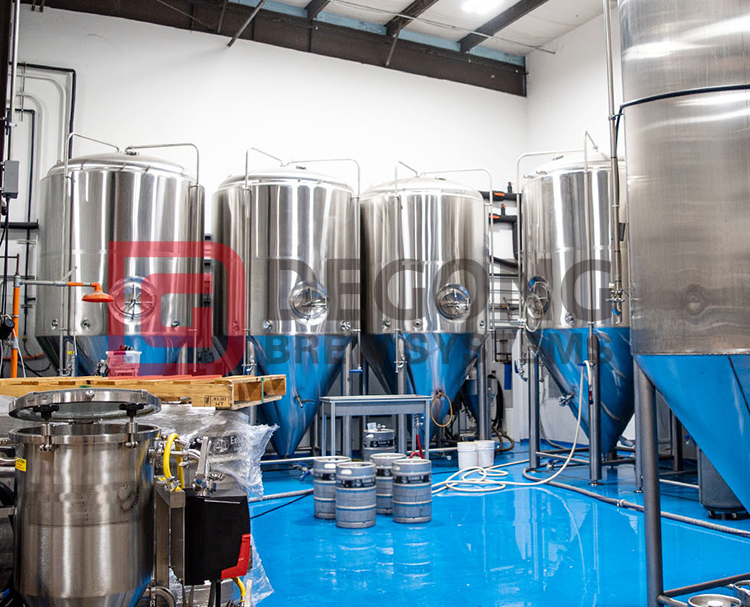
Brewing equipment fermenters
GLYCOL/ICE WATER TANK
Many breweries use a cooling agent to maintain fermentation temperatures and cold crash their beers. Glycol is the most common, which is stored in a large tank and pumped into jackets within the fermenting vessels.
If using a glycol tank, you’ll need a separate pump for the system, automatic (solenoid) valves on the fermenting vessels, a control panel, and industrial chillers. The glycol should also have a loop that runs through the PHE to aid in wort chilling.
COLD-SIDE CONTROL PANEL
Used to maintain the temperature in your fermenting vessels, as well as control cold crashing. Like the brewhouse panel, it can be PID or PLC, or can even be incorporated into the same panel. They typically vary in size depending on how many temperature controllers they have, generally ranging from 2 to 8 or so.
It’s important that you can switch from manual to automatic if you use glycol in your PHE.
MISCELLANEOUS ESSENTIALS
Besides the larger equipment for the brewhouse and cellar, there are a few other essentials you’ll need when opening a brewery.
1.CLEANING STATION
Also known as a CIP (clean in place) station, this is a useful addition to the brewery. Most small breweries have CIP systems in their cellar and brewhouse vessels – a simple spray ball that spray cleaning solutions at high pressure, coating the interior.
A CIP station typically consists of 2 or 3 vessels (around 50 – 200 litres normally), attached to a cleaning pump. Ideally, the station should be mobile to avoid using long pipes during cleaning cycles. One tank is typically used for a caustic cleaning agent and is often heated via an element, while a second is used for sanitizing acid washes.
A third tank can be used for other acids (for passivation, beer stone removal, etc.) or simply for rinse water. Cleaning solutions are pumped into the vessels that need to be cleaned, and recirculated for the adequate period of time.
2.HOSES & PIPELINES
You need food-grade, heat resistant hoses in the brewery, that can take a decent amount of pressure. It’s good to buy various lengths, long and short. Shorter hoses are best for cleaning, as they allow for higher pressure during cleaning cycles. Ideally, use hoses with tri-clamp connections, as these can be connected to make longer runs when required.
Pipelines will typically be supplied when ordering brewery equipment, linking pumps to vessels, and ensuring a steady flow of wort and beer. Stainless steel is the best material.
